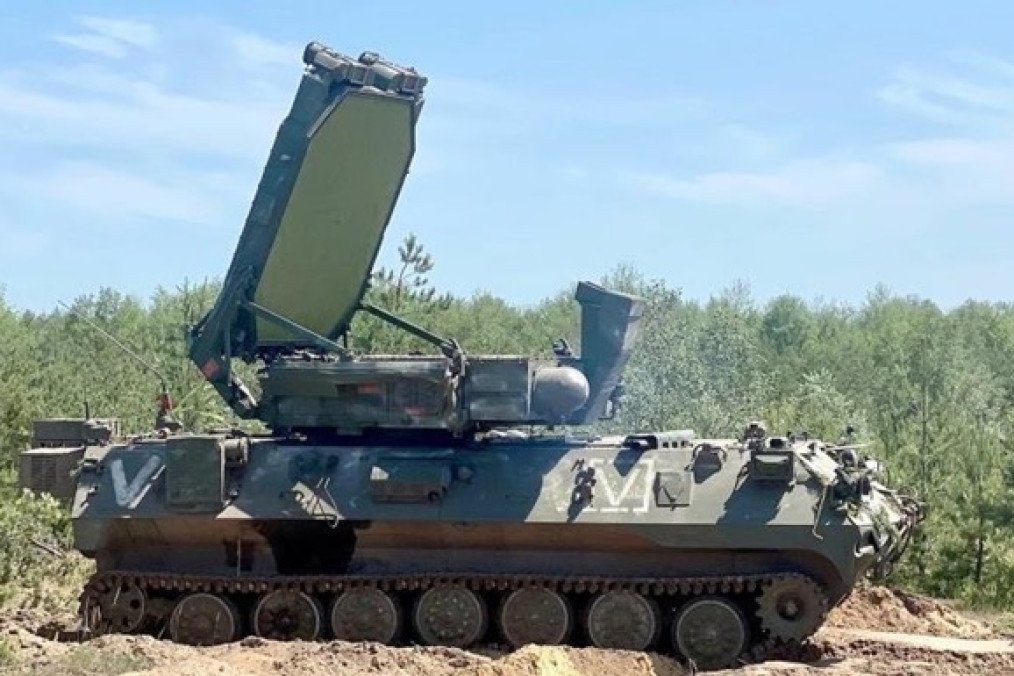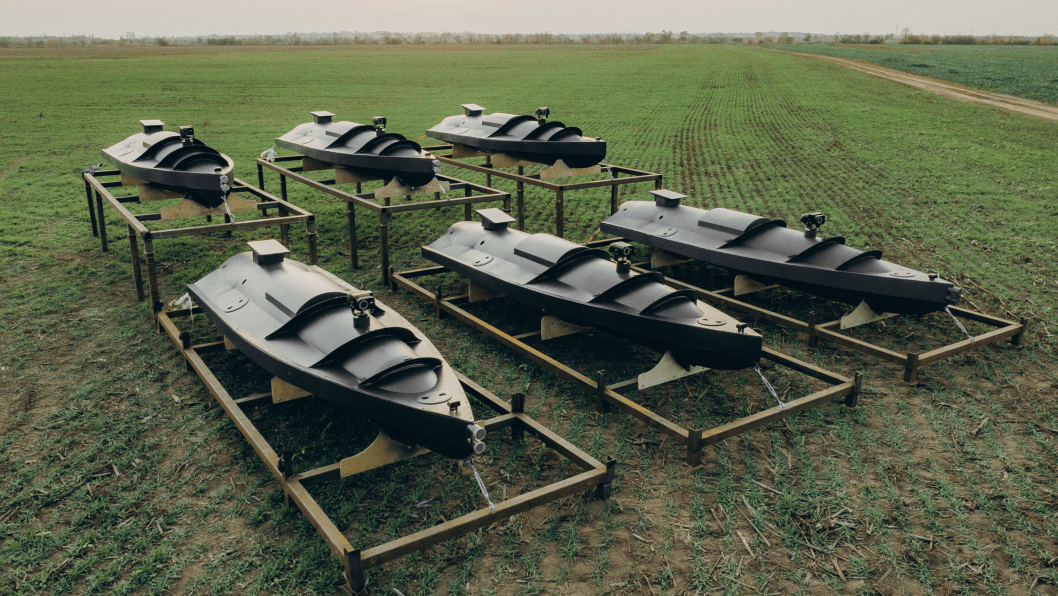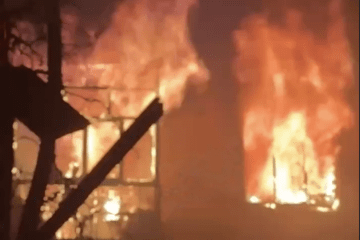- Category
- Latest news
Ukraine Takes Out a $24 Milion Radar So Rare, Even Russia Can’t Replace It, Video

Ukraine’s Armed Forces have achieved another high-value battlefield success, destroying a rare and costly Russian counter-battery radar system—the Zoopark-1—estimated to be worth approximately $24 million, according to a report from the BULAVA unit of the Separate Presidential Brigade on May 31.
“Our drone operators recently took down a very juicy target,” the unit reported. “It turned out to be a Russian Zoopark radar station, worth a staggering $24 million.”
The Zoopark-1 (1L219M) is among the most advanced radar systems in Russia’s arsenal. It plays a critical role in counter-battery warfare, using projectile trajectories to detect and locate the launch points of enemy artillery, mortars, and even air defense systems.
“The enemy uses it to precisely identify the positions of our artillery, mortars, and even air defense when they fire. That makes it extremely dangerous for our guys on the front line,” the brigade added.
Destroying a Zoopark radar isn’t just a tactical win—it’s a significant strategic and financial loss for Russia. Not only is the system prohibitively expensive, but it is also extremely rare. The Ukrainian military noted that “the good news is the Russians have very few of these systems. Now there’s one less.”
On paper, the Zoopark-1 is capable of tracking Soviet-standard 152mm and NATO-standard 155mm artillery at distances of up to 23 kilometers.
-91f3c94b7f71aa0d6caf03911fd78930.png)
But that long reach comes with a drawback—radar crews must operate relatively close to the front lines, making them more vulnerable to drone and artillery strikes.
Earlier, reports emerged that Russian forces resorted to shielding one of their rare counter-battery radar systems—the Zoopark-1M—using makeshift defenses such as rubber sheets and metal grates in an apparent attempt to protect the system from Ukrainian FPV drones and other strike UAVs.



-111f0e5095e02c02446ffed57bfb0ab1.jpeg)


-72b63a4e0c8c475ad81fe3eed3f63729.jpeg)
